The Legend of Zelda is a classic action-adventure franchise that has now spanned over three decades, across every major Nintendo system since its inception on the NES in 1986. It is one of Nintendo’s most prominent series, with widespread critical acclaim for nearly every release, a track record that is hard to beat. Despite being around for decades, and people still mixing Link up with Zelda, it’s been firmly entrenched in the cultural zeitgeist for its high fantasy, sometimes repetitive, but overall beloved, mechanics and structure. But what are the Best The Legend of Zelda Games, Ranked by Quality and Influence? Read on to find out!
Best Legend of Zelda Games, Ranked
To clarify, these are the best Legend of Zelda games barring non-canon releases or spinoffs. This sadly disqualifies the Hyrule Warriors series, Link’s Crossbow Training, Freshly- Picked Tingle’s Rosy Rupeeland, Tingle’s Balloon Fight, Ripened Tingle’s Balloon Trip of Love, and the cinematic masterpieces that are the Philips CD-i Zelda games. If you were expecting these to place high on the list even if they were included, you might want to duck walk off this page for fear of further disappointment. That being said, Cadence of Hyrule was a truly great title that warrants mentioning for its excellent rhythm-based gameplay and interpretation of the classic top-down iterations of the Zelda franchise.
18. The Legend of Zelda: Triforce Heroes
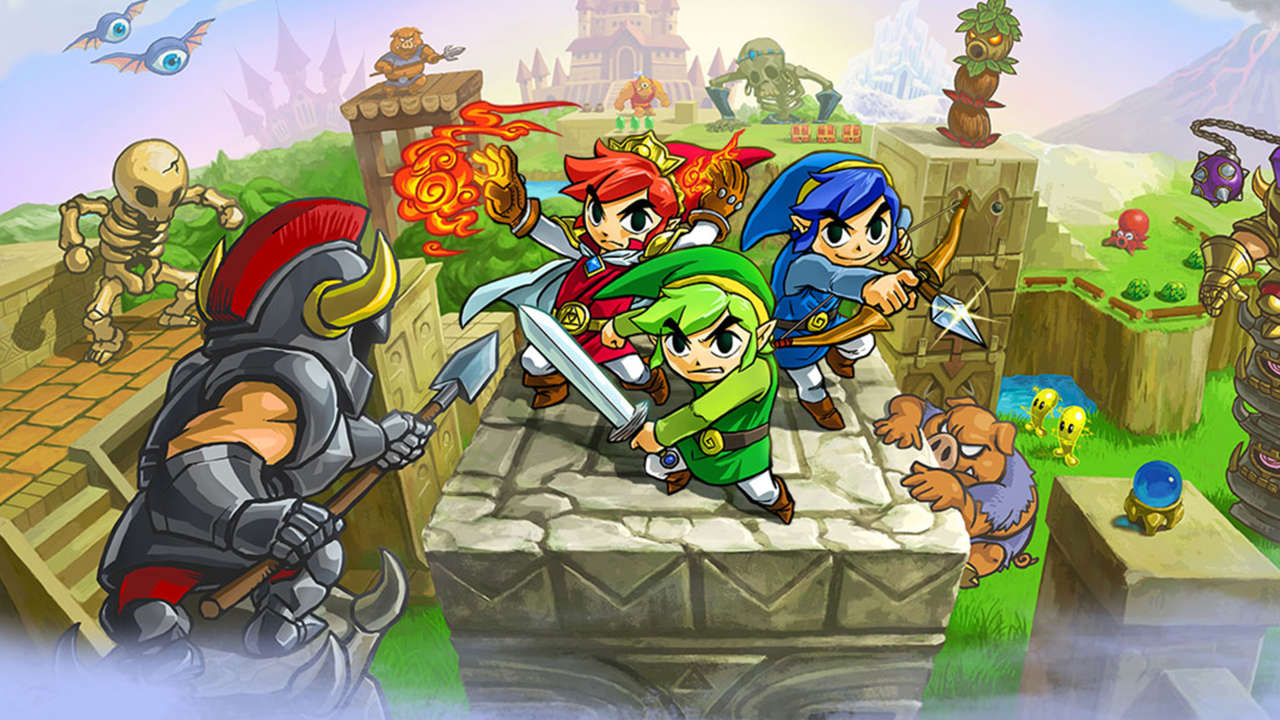
This 3DS entry proved a Zelda game could do the impossible: create a wholly forgettable Zelda title. While not objectively anywhere near as bad as the lows of other franchises, players agree that it was a step in a direction away from one of the greatest core elements of Zelda: it prioritized multiplayer over single-player.
17. Zelda II: The Adventure of Link
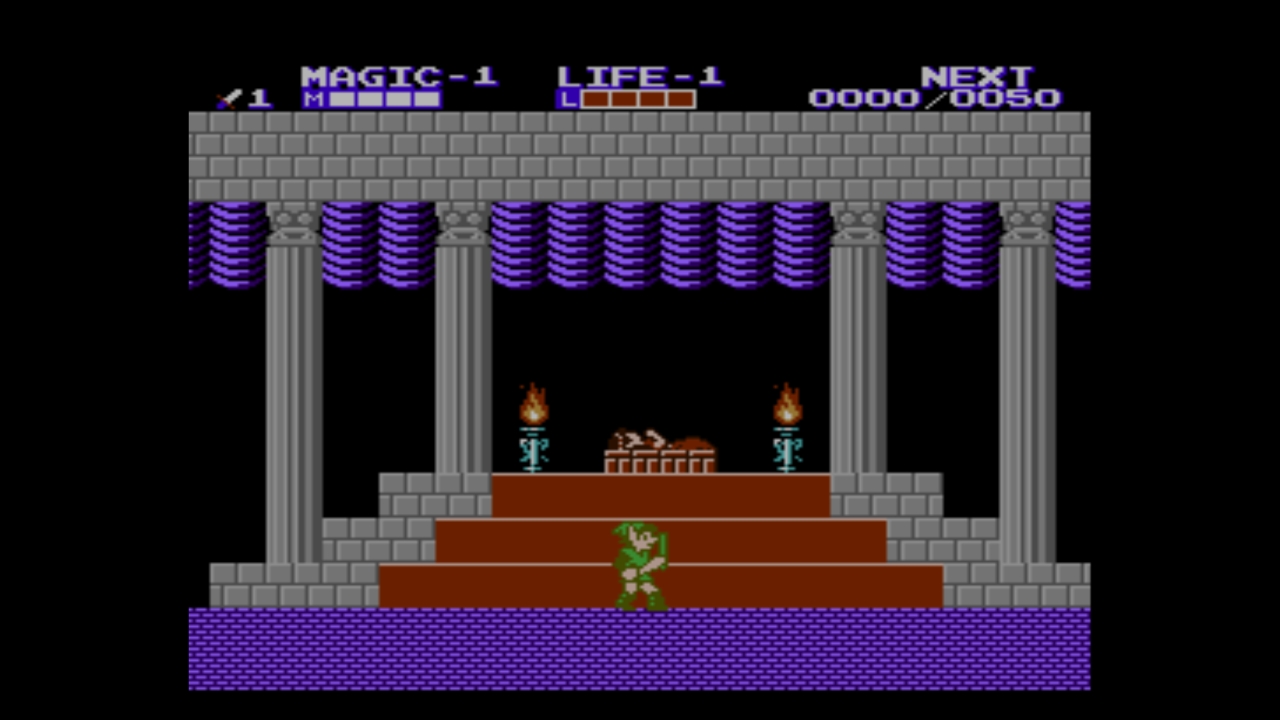
This title was a total black sheep and a reminder that not all sophomore efforts can be Shenmue II or Resident Evil 2. Zelda II didn’t even go by the series’ naming scheme, clearly attempting to evolve the franchise, but the players weren’t buying it. The music was thankfully embraced years later for this title, but the sidescrolling elements, attempting to emulate the experience of Castlevania II (also, coincidentally, the worst sequel of its respective franchise), fell flat.
16. The Legend of Zelda: The Phantom Hourglass
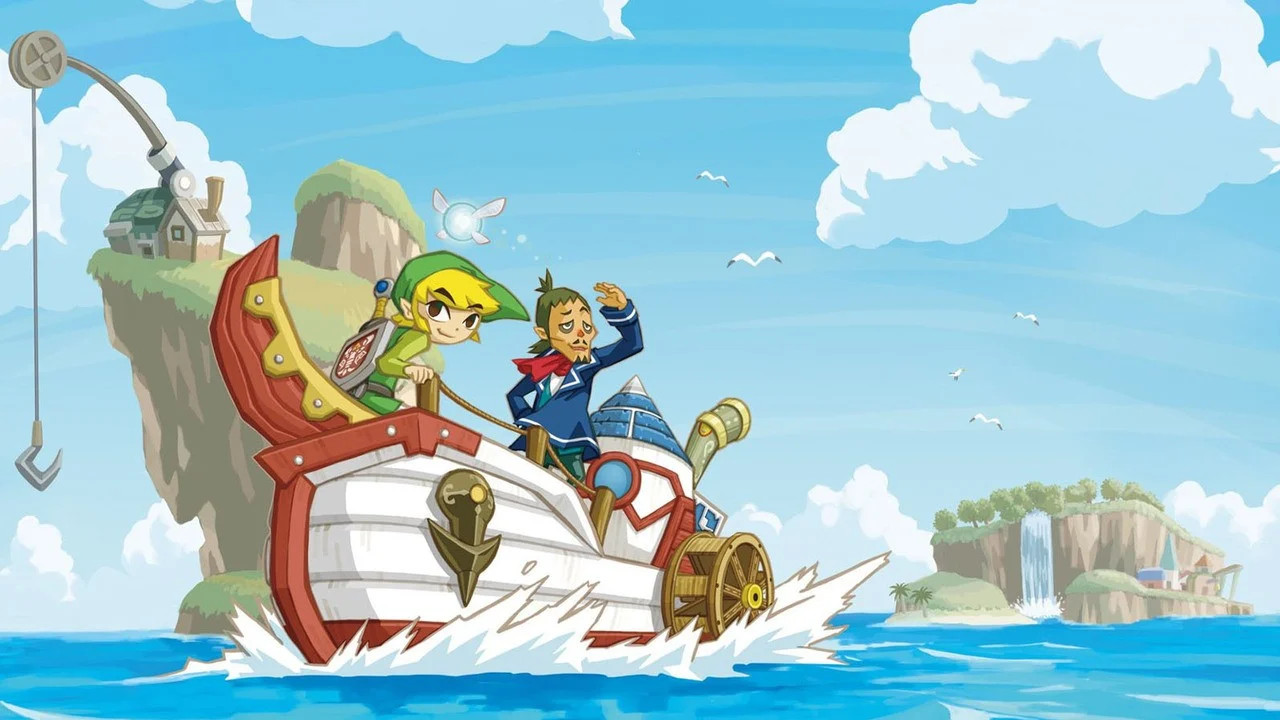
Let it be clear: the entries at this point and beyond stop being even all that bad, just not as good as the best. While Phantom Hourglass is a good, but not great, DS romp, it didn’t bring enough to the table, wasn’t as inventive or as clever as previous entries, and didn’t have a more accessible set of features or alternate control schemes. While it retains the cartoonish art style of the infinitely greater title The Wind Waker, it is hidden behind that game’s shadow.
15. The Legend of Zelda
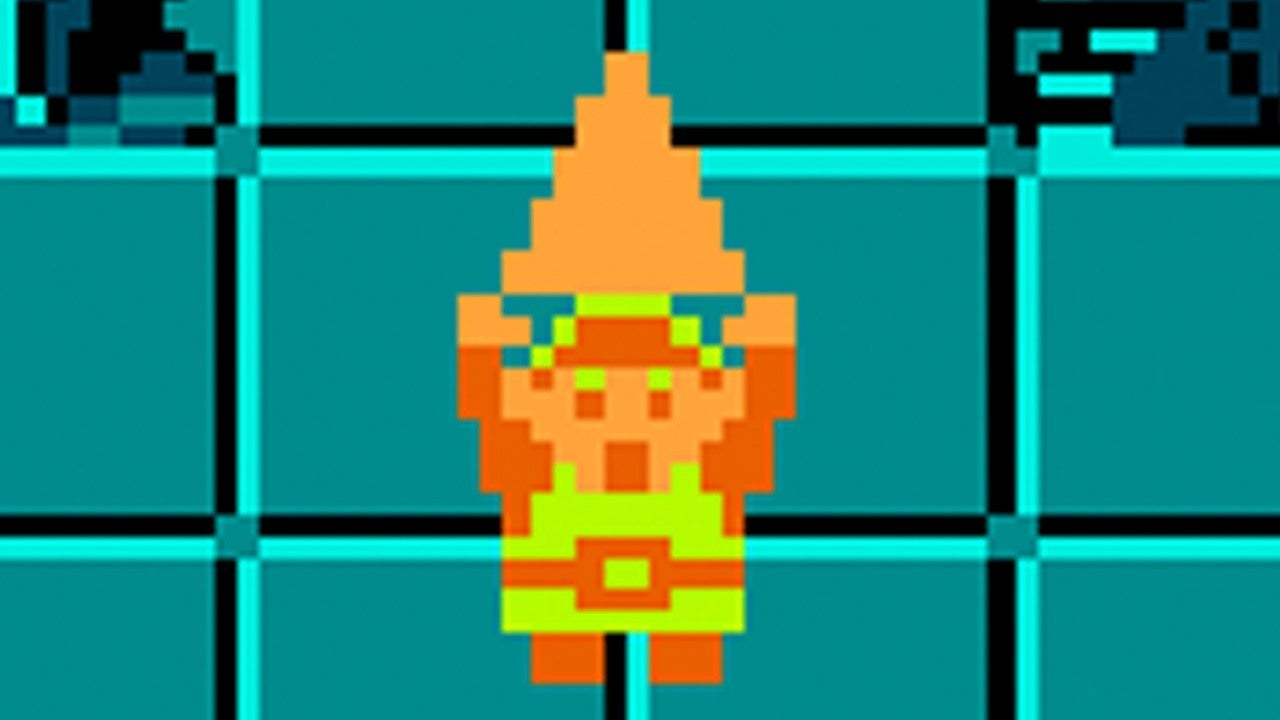
For many, this was the start of beautiful love for single-player gaming, an excellent adventure, and an impressive feat on the NES. This included the (at the time) groundbreaking battery-backed save feature. You could play sessions of the game at your leisure, and it introduced a sprawling vision of Hyrule that would be copied, redone, or outright reimagined for years to come. It was also one of the first true proto-open world titles and offered the blueprint for titles like Breath of the Wild to refine.
14. The Legend of Zelda: Spirit Tracks

In a lot of ways, this was the stronger entry than Phantom Hourglass, which was released 2 years later on the DS. It had some great visuals, and a more inspired dungeon design, even if the train features were heavily gimmicky and hurt the experience. One of the biggest criticisms was simply that there wasn’t more content to the game, with heaps of praise for the dozens of hours of adventure already in it. Not too shabby, we say.
13. The Legend of Zelda: Four Swords Adventures
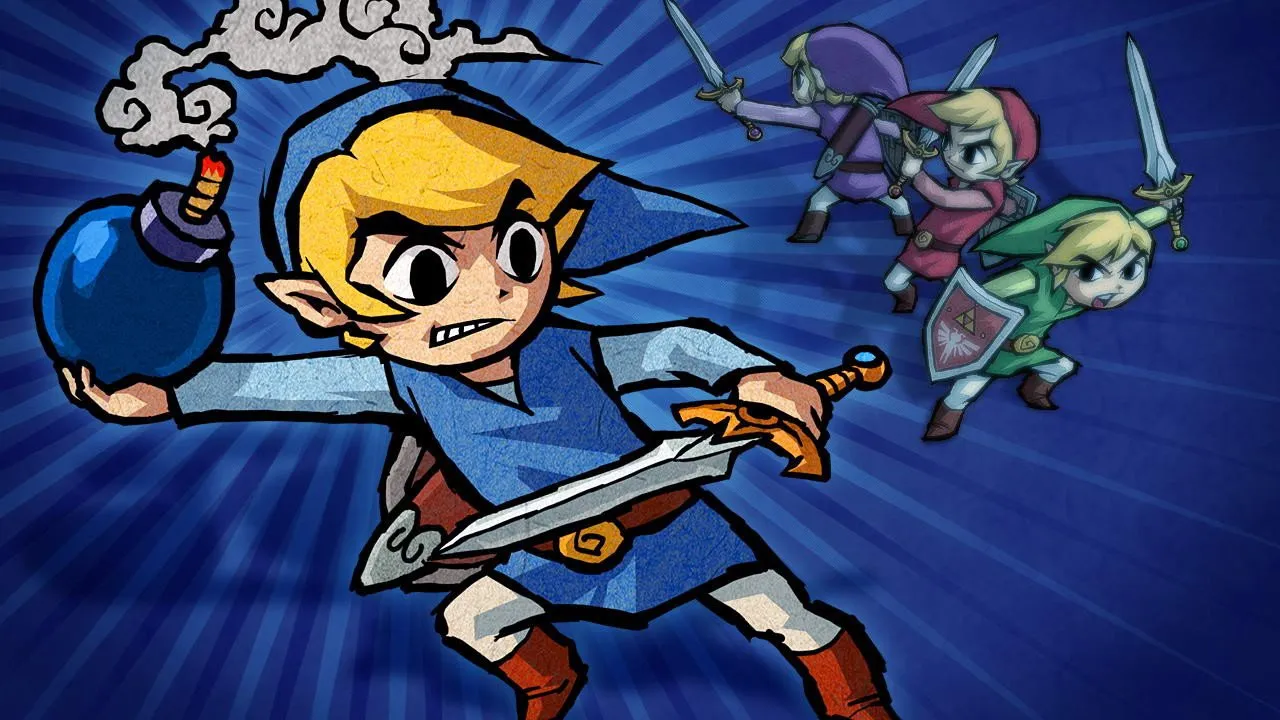
This game flew in under the radar on the GameCube, nested in between releases of The Wind Waker and Twilight Princess. The game, however, was truly fun, and while not reaching the heights of quality met by the original Four Swords on the Game Boy Advance, it made use of the GameCube’s superior visuals while also retaining a top-down Zelda experience, enhanced with better visual effects like fog and dust. Best of all, it could be enjoyed either with friends or by yourself, equally.
12. The Legend of Zelda: Four Swords
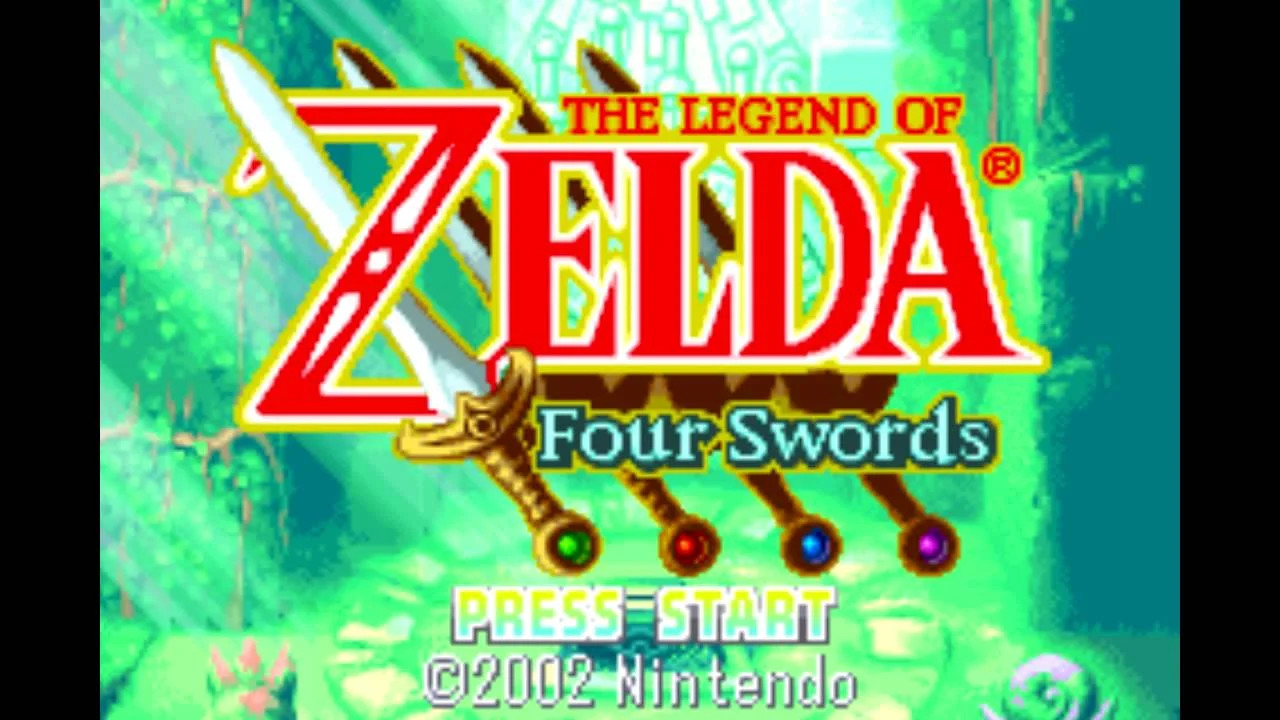
More novel than its GameCube sequel, this game was a companion title on the Link to the Last Game Boy Advance cartridge, with a focus on multiplayer co-op as an alternative to the single-player focus in LttP. There were even incentives to play the game which brought rewards over to each title, such as learning new moves or unlocking entire dungeons. It also introduced other ideas and concepts that directly influenced later titles.
11. The Legend of Zelda: The Minish Cap
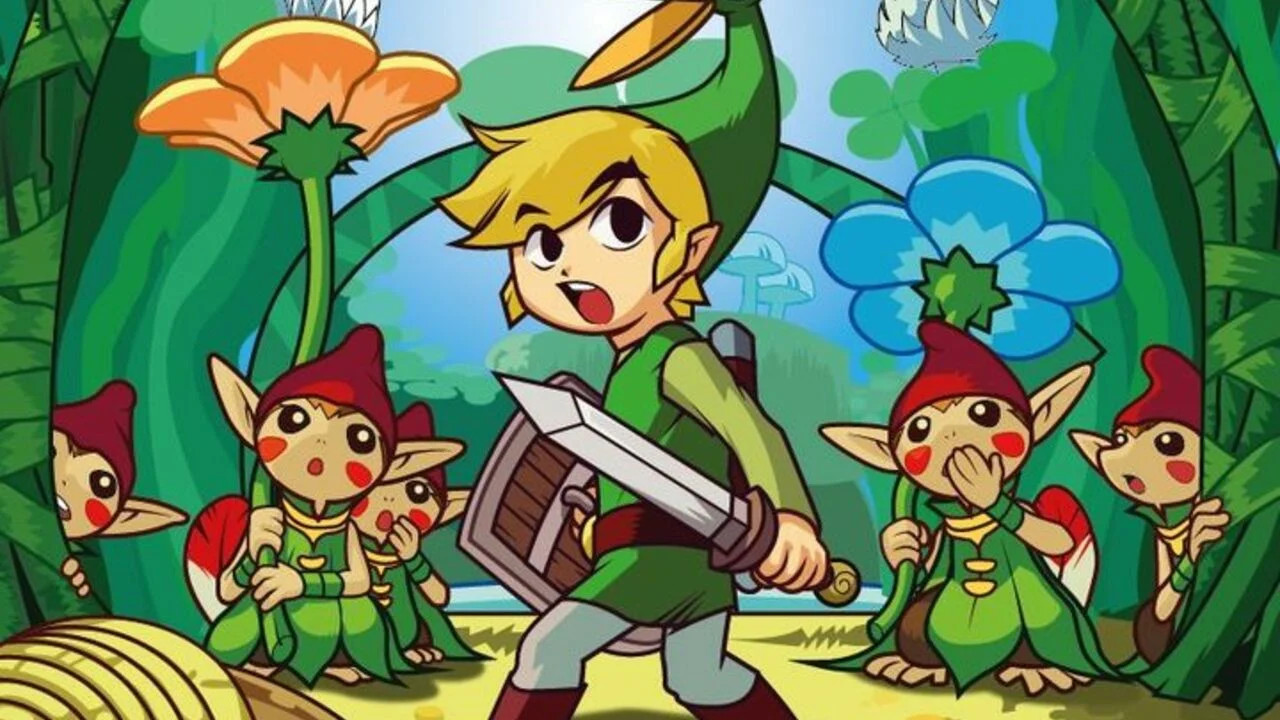
The main title influenced by the previous entry is here, The Minish Cap, which expanded upon the Gnat Hat seen in Four Swords. The shrinking mechanic enabled bold new world designs and a fun cluster of dungeons to sink your teeth into. This was another game criticized for being too short, however, so it doesn’t place higher on this list for pretty much that reason, although it has some incredibly stellar music despite the Game Boy Advance’s limitations.
10. The Legend of Zelda: Oracle of Ages and Seasons
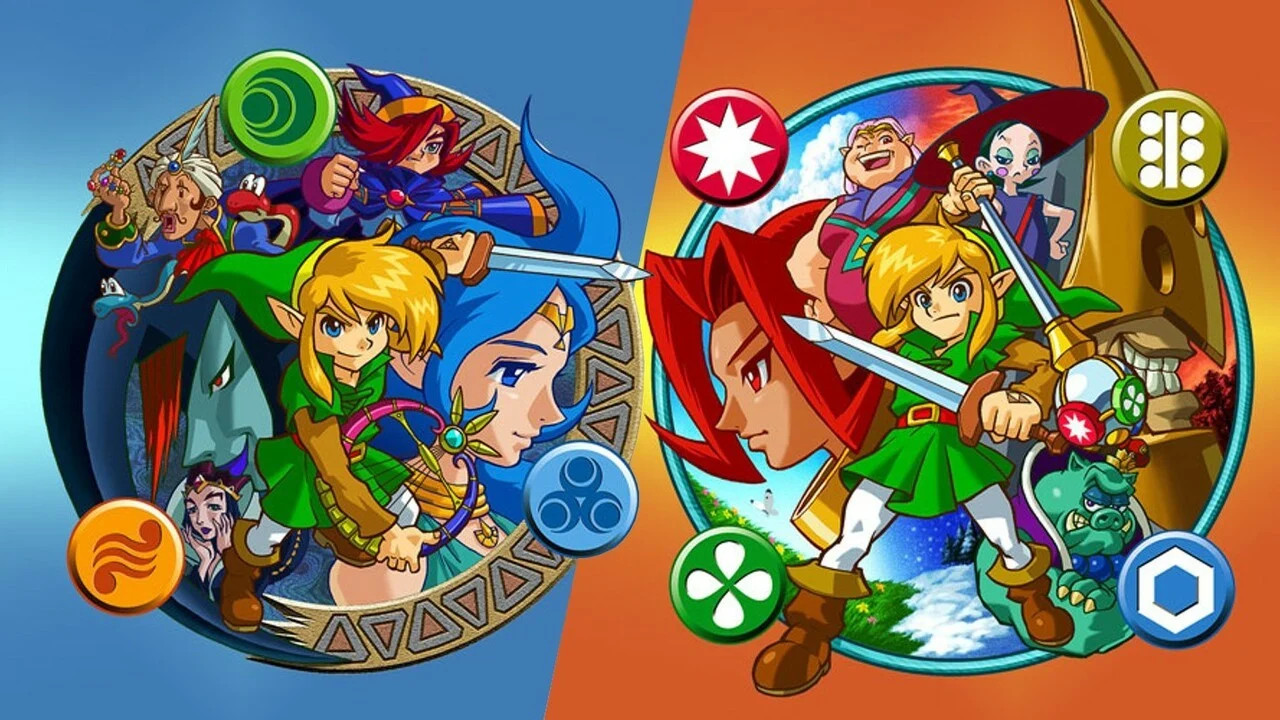
Released as two separate cartridges and games in their own right, this was Zelda’s answer to Pokemon at the time: a pair of adventures that, when both completed, provided codes to access the story’s true ending. Spoiler alert: it has Ganon, despite both games featuring wildly different protagonists. This game has the same robust gameplay brought over to the Game Boy, or in this case, the Game Boy Color, but with greater visuals and some truly great boss fights. Oracle of Seasons in particular used the GBC technology to a greater extent, rendering different visions of Holodrum based on each of the four seasons, a welcome departure from series mainstay Hyrule.
9. The Legend of Zelda: Skyward Sword
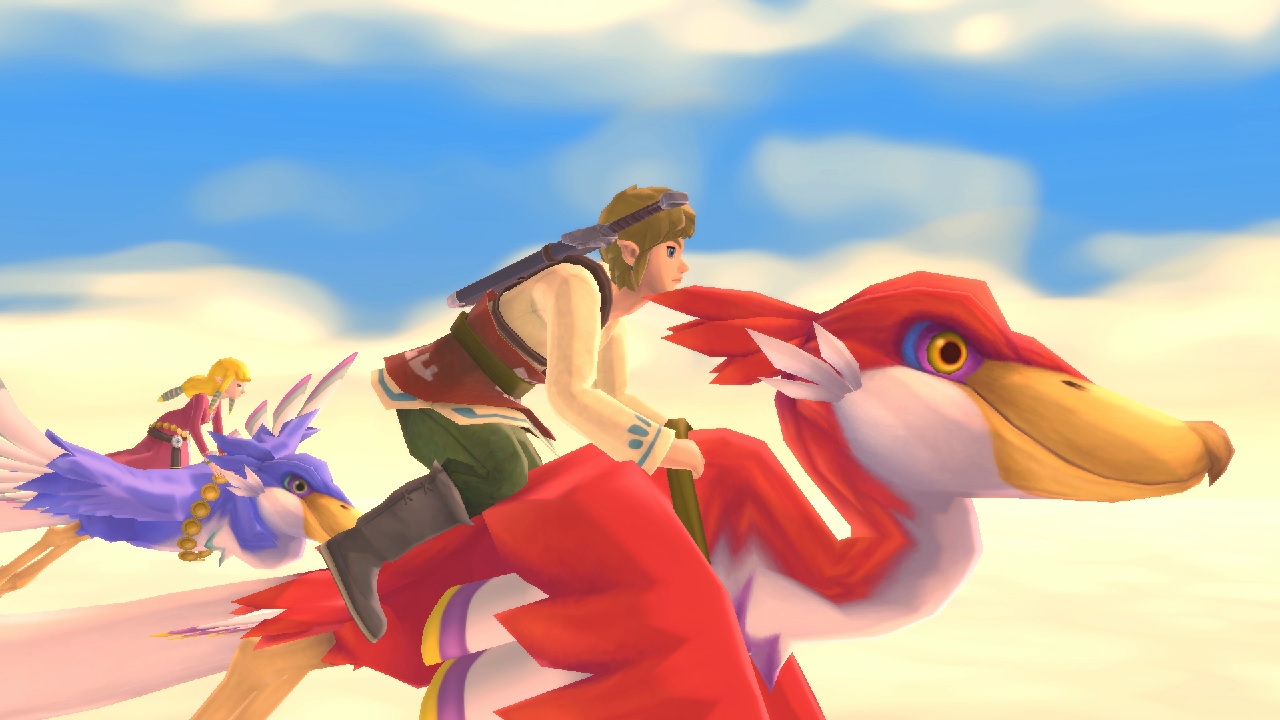
The fact that this does not place higher on the list does not mean it’s bad—it’s just that this list of games is that good. Skyward Sword and served as an origin story for many of the series concepts, such as Master Sword, the creation of Hyrule, and the curse of Demise which would loom over the rest of the franchise. Some of the series’ greatest moments come from this title, not the least of which being Groose, an exceptional supporting character. The lack of accessibility for those looking for a non-motion-controlled experience might find the game lacking the X-factor which turned it from good to great, although the enhanced Switch port certainly bridged that gap.
8. The Legend of Zelda: Link’s Awakening

This game was truly odd when looking back upon it, either in its original Game Boy form or in its Switch release. Why are there Chain Chomps, Kirby, and Dr. Wright? Don’t worry about it. What’s this peculiar mechanic where you must intentionally walk into pitfalls to discover new areas of a dungeon? Details, if annoying at times. But the undeniable charm in this game lies in its world, characters, dungeons, and truly great bosses which would be found or emulated in games years beyond its initial release. The cop-out where it’s all a dream is eye-roll worthy, but it’s also like…a really fun dream, you know? Also, when Link hoists Marin over his head like a newly-discovered tool? Instant classic.
7. The Legend of Zelda: A Link Between Worlds
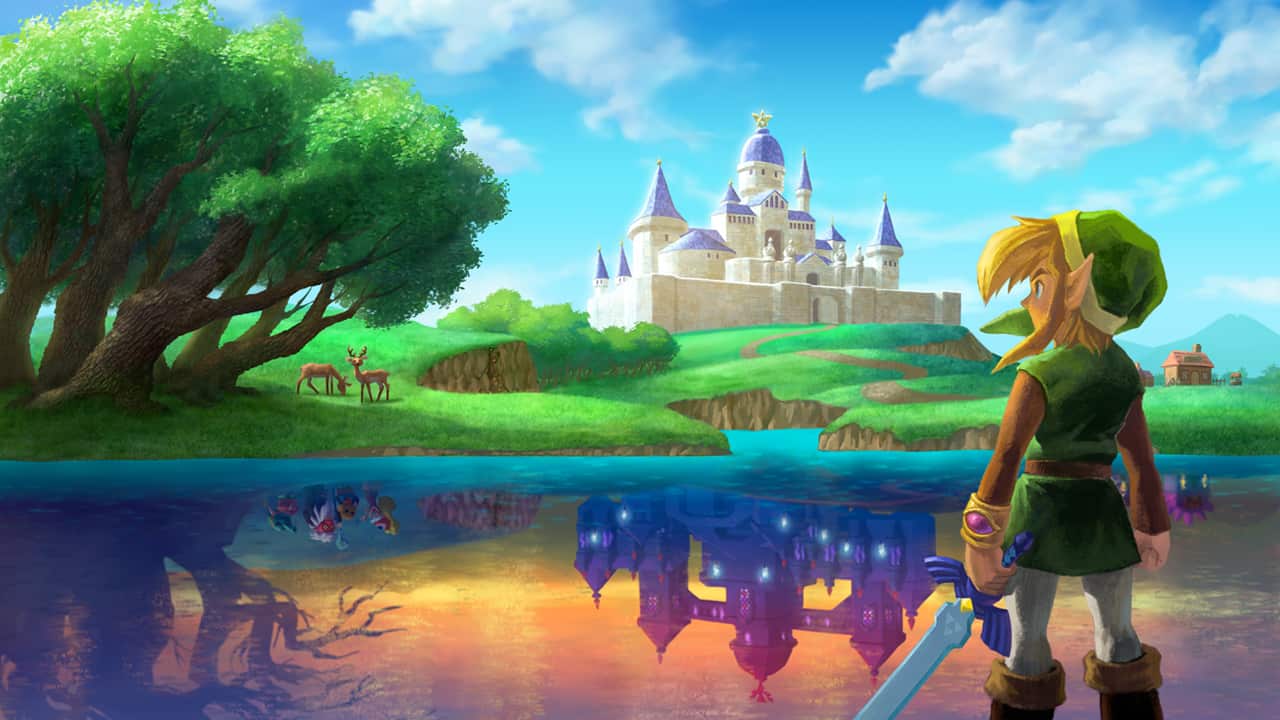
Don’t get us wrong—this not placing higher on the list is a bit of a surprise. It is the greatest original 3DS Zelda title, with plenty of novel features and an expansion on the acclaimed world brought to us by A Link to the Past. But for some reason, despite its Game of the Year acclaim upon release, it has somewhat gone relatively forgotten compared to other series greats. Perhaps this is due to its 3DS platform, but this seems unrealistic, as that hasn’t prevented other handheld titles from being great. But it also places this title as the greatest handheld-only Zelda title ever released, not counting those on the Switch, a hybrid console.
6. The Legend of Zelda: The Wind Waker

This is really where people might start arguing. The Wind Waker is truly great, as are the rest of the entries on this list. It expands on the world of Hyrule and the Hero of Time myth, by submerging everything you’ve come to know and love directly beneath a vast blue sea. It’s a radical artistic departure, unprecedented compared to previous entries. amazing at the same time. The intro alone is enough to still give players chills, with how it clarifies that you’re living out a cyclical legend and that music? Exceptional. The gameplay here is on point, with some great new mechanics, and ditching a horse in favor of the King of Red Lions? Magnificent. But its influence falls short when compared to those of other titles in the franchise, which is a shame because this game is still among the greatest of all time.
5. The Legend of Zelda: Breath of the Wild
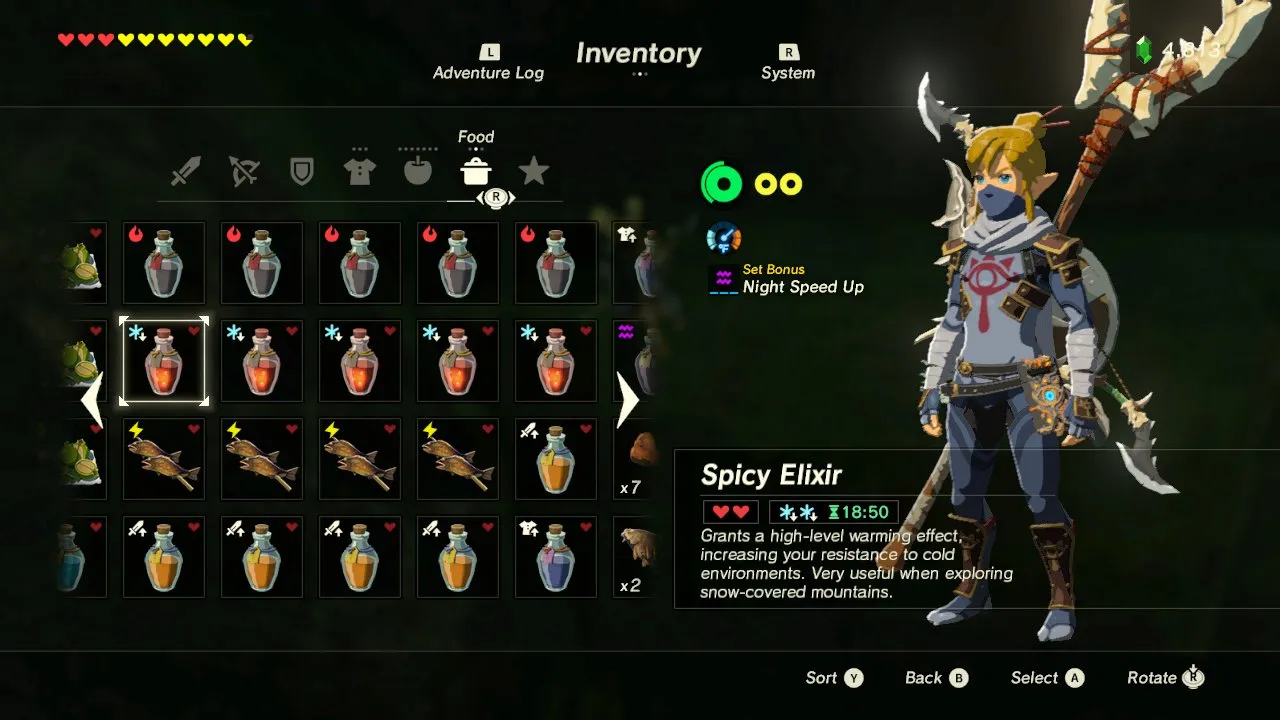
This game sold over 28 million copies, and became the instant critical darling the Switch desperately needed after the commercial failure of the Wii U. Nintendo, while nowhere near at risk of going under, had a bit of a sullied reputation. But this was one of the greatest games ever made, and it offered players a gigantic degree of freedom to explore which would influence the rest of the previous generation’s open world games for years to this very day.
Where it falls short is largely in that it feels distinctly less like a Zelda game, with a boring dungeon design, and an understated musical score for the most part. This does nothing to take away from the universal truth that this is one of the best games ever made, with exceptional exploration, physics gameplay, and wonderful combat, but it’s also not the best when examined as a Zelda game, for good or for bad.
4. The Legend of Zelda: Twilight Princess

In many ways, this would take a lot of thematic and atmospheric cues from Ocarina of Time, while also producing an incredible visual experience and a pretty solid showcase for the GameCube, as well as the Wii. It is the first Zelda with motion control capabilities, and features a dark, moody plot, with some of the best combat in the series, as well as some pretty fantastic dungeons. The sound design and ambiance rendered in the Twilight Realm help to contribute to some of the best audio-visual experiences of any Zelda game, and it’s got a pretty solid musical score, even if Wolf Link’s musical howling was…odd.
3. The Legend of Zelda: Majora’s Mask
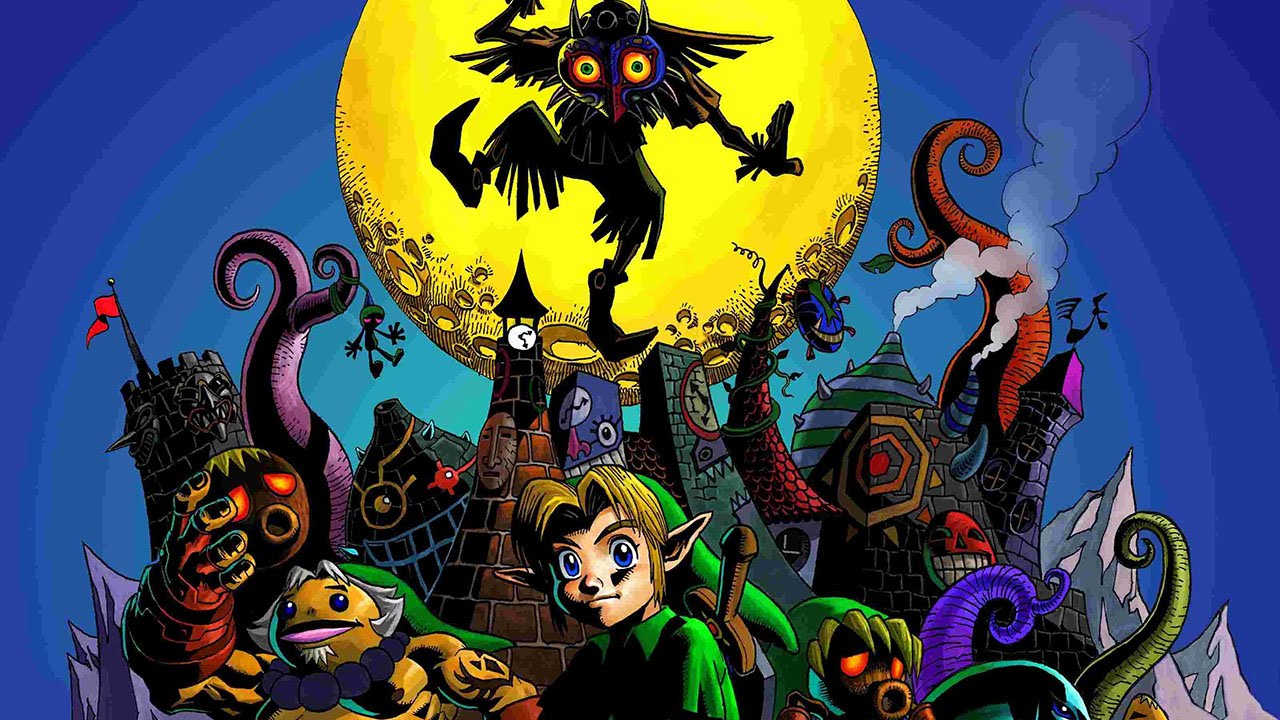
This was another black sheep of the Zelda timeline, but unlike Zelda II, it felt incredibly like its predecessor, Ocarina of Time, but with crazy new gameplay elements attached. Shucking the usual Ganondorf rinse-and-repeat plot and Zelda tropes, we see the world at the brink of an eschatological event where a VERY angry moon is on the cusp of crashing into the planet. This included particularly clever use of the day-night cycle, bound to 3 days in which tons of in-game events could happen which you can thoroughly explore. Also featured are some fascinating, if horrifying, transformations for Link, verging on body horror. In general, this is tonally the darkest and creepiest of the Zelda games, but it’s also genuinely the most original, if less influential because of it.
2. The Legend of Zelda: Ocarina of Time

This was the greatest influence on 3D Zelda ever produced, as well as being the first. It was a truly phenomenal experience, seeing how powerful the N64 was when showcasing the worlds of Hyrule and beyond through this game. The gameplay was a natural evolution of the 2D iterations, with a great Z-targeting system that would be emulated by the series and other franchises to this day, such as in Shadow of the Colossus, or Soulsborne-like games. The storytelling is among the series’ greatest, with particular praise for the game’s supporting characters, who provide Link with the stakes for his mission, a loveable group of people worth saving whose stories stay compelling, even years later.
The music used in dungeons throughout the game, the sound design, and the terrifying ambiance when you walk out of the Temple of Time after first taking the Master Sword? Iconic, unforgettable, and dare we say, perfect.
1. The Legend of Zelda: A Link to the Past
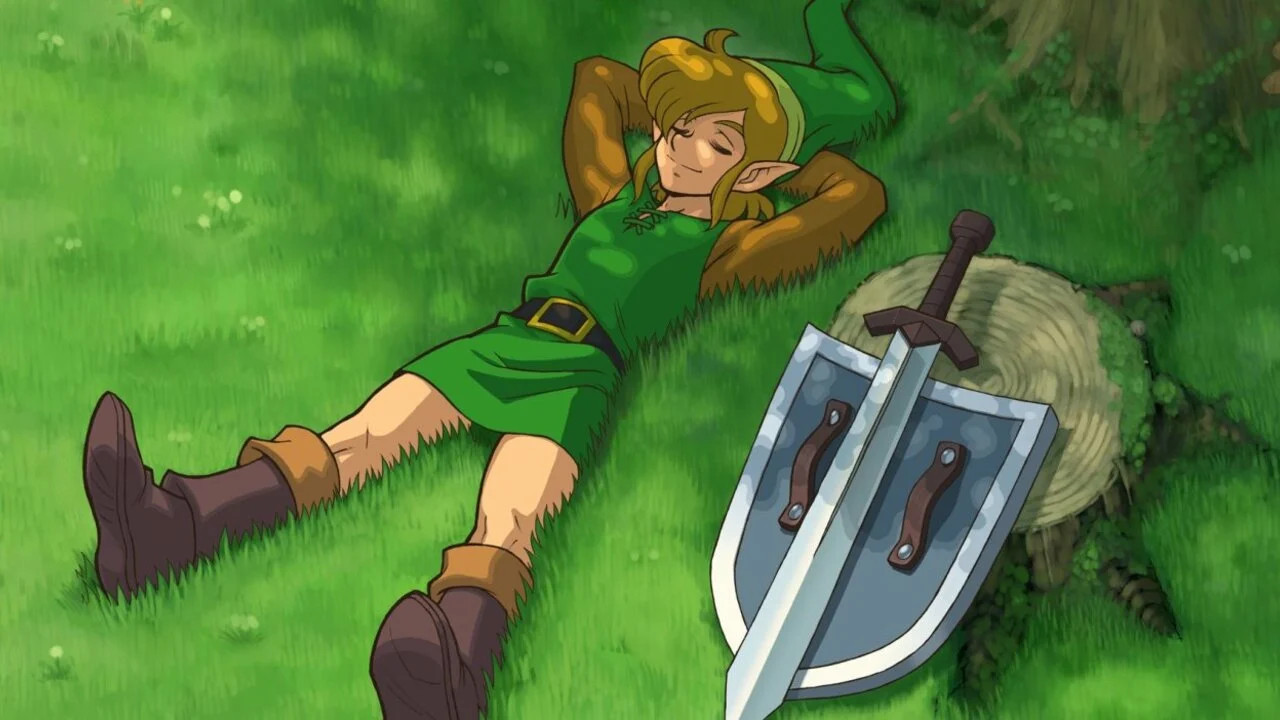
Let us be clear in our reasoning here: this game is the finest example of what the Legend of Zelda represents as a franchise, warts and all. It helped transform the series, from a novel and clever ES series to a true juggernaut and a franchise genuinely near-unassailable to fans and critics. The gameplay was responsive, the world was larger, the music was powerful and evocative, and it provided players with a glimpse at the first truly memorable alternate realm aside from Hyrule, The Dark World.
Much of the series, its storytelling traditions, its tropes, designs, and perhaps most importantly, its music, owes itself to this game, arguably the singularly most influential and robust of them all. When judging a franchise, you must judge it by how well it ages, especially when centered upon a series depicting the Hero of Time, and the 16-bit era often can’t go wrong on that front.
This concludes our coverage of the Best Legend of Zelda Games, Ranked from Lowest to Highest Quality! Be sure to keep up on the latest Legend of Zelda news, including when to expect Breath of the Wild 2 news!
The Legend of Zelda is one of Nintendo’s flagship franchises, selling over 136 million copies since its first title, released originally released on February 21, 1986, for the Famicom and later, the NES.






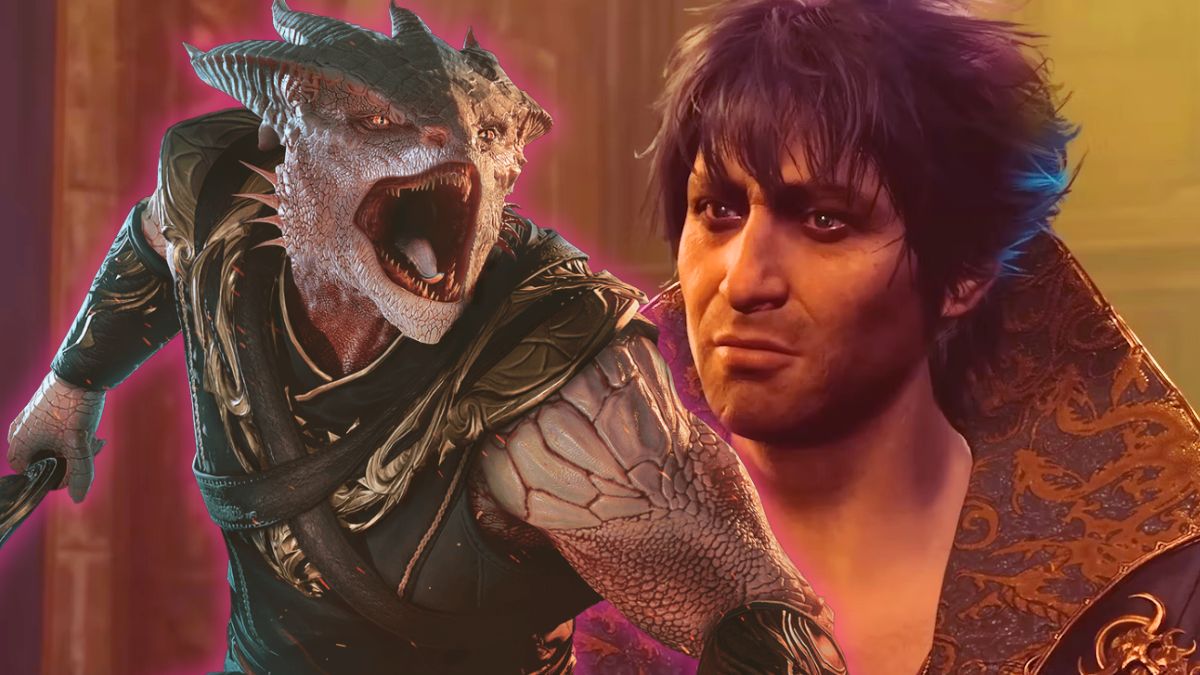

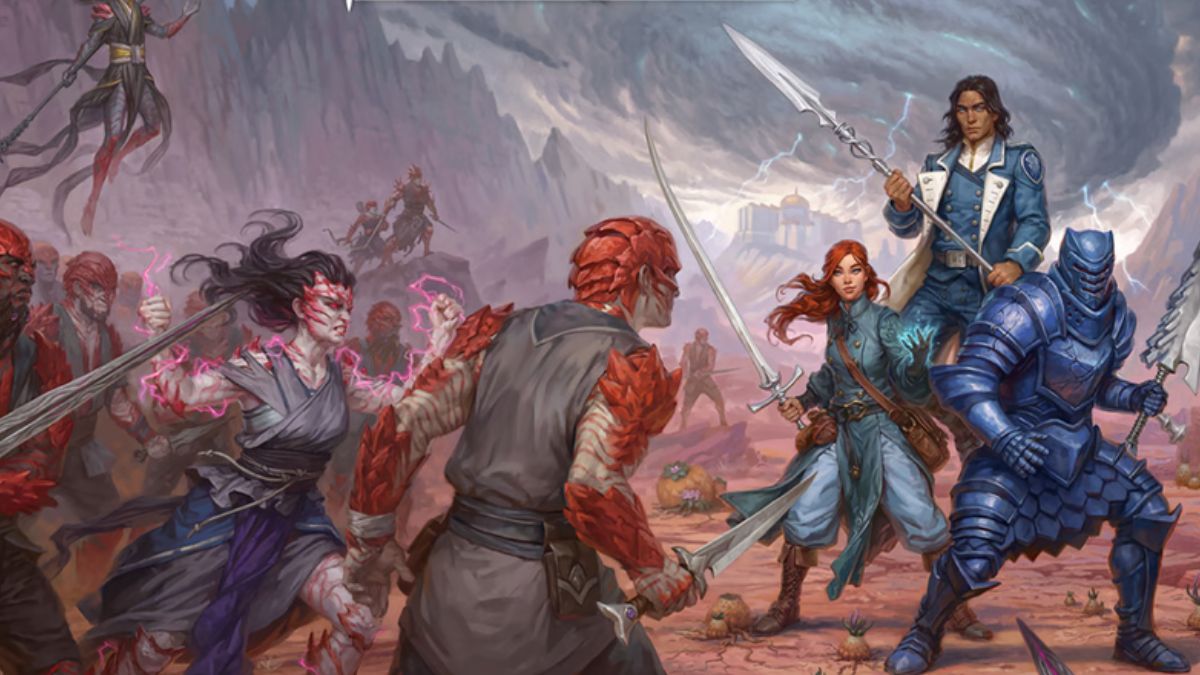

Published: Aug 31, 2022 01:41 pm